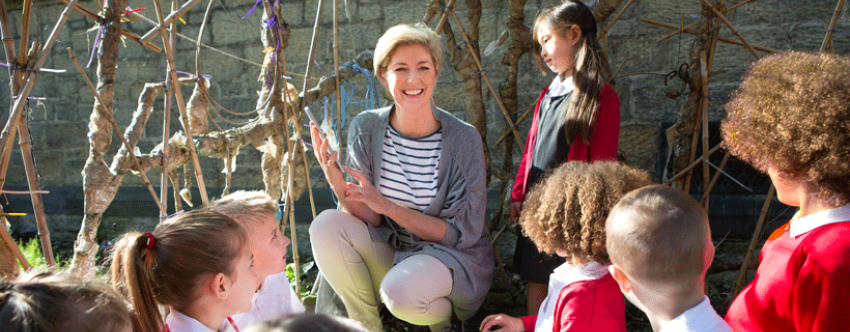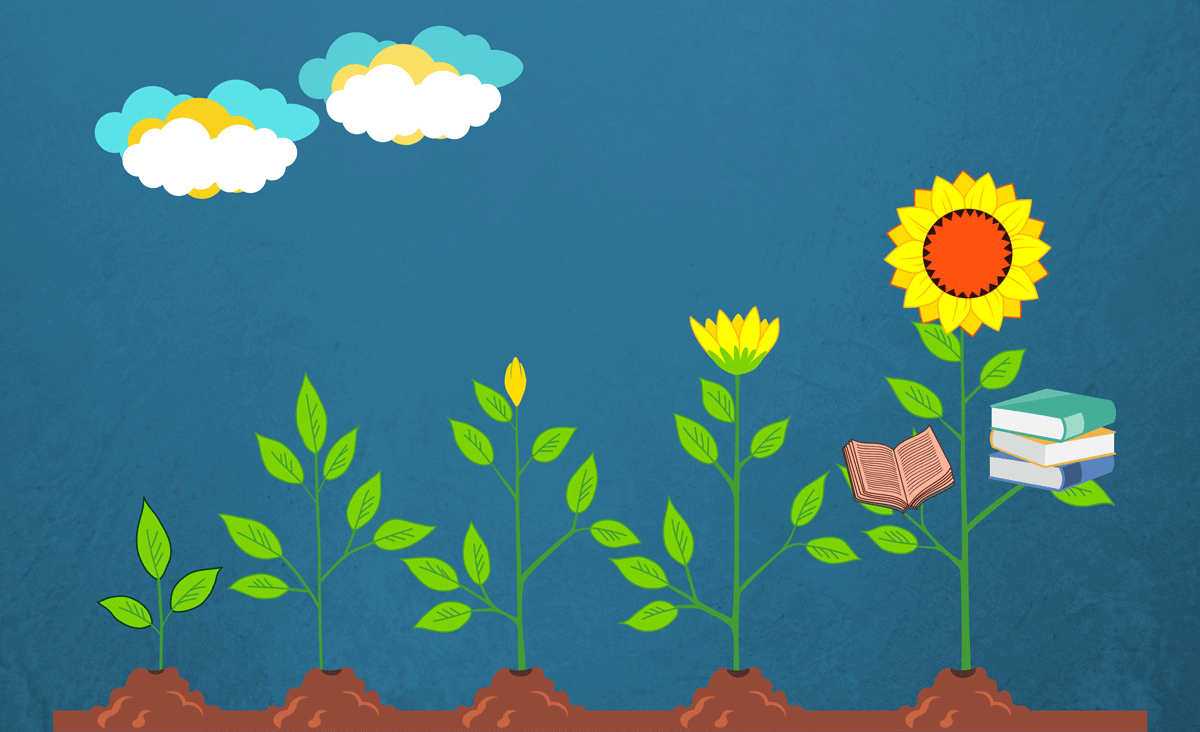News & Views

How do you deliver outdoor learning without having a green space?
Do you look at your outdoor space and wonder: How can I possibly teach children about nature if we only have a concrete playground?
When people think about forest school and outdoor learning, they often think of a large woodland space with plenty of trees to climb and areas to explore. Wouldn’t that be lovely? For many, though, the logistics and viability of running an outdoor programme in an urban environment can feel complex and daunting.
However, why not flip this coin and think of how children see this space? Have you ever observed children playing outside?
Do you notice that children intuitively interact with their environment and find pockets of interest in spaces that adults would walk past?
By taking this view and aiming to enhance these pockets, we could find a way for urban schools to promote connection to natural environments, even on a concrete playground. As your provision develops and evolves, you will be able to promote outdoor learning for all areas of the curriculum and maybe even invest in Forest School Leaders or the Outdoor Learning Award and embrace the whole approach of taking learning outdoors.
So, what can you do to enhance your urban school environment? There are so many benefits to taking your teaching outdoors. Here are five ideas that can get you started on improving your outside space.

1. Use what you have
From planters to a strip of grass to a couple of trees embedded in the concrete, there is green space in tiny pockets of peace and the wildlife will show you where. You could create some planting and digging spaces using a stack of pallets filled with compost. You can then plant some wildflower seeds or simple plants that will grow through the spring and summer and attract more wildlife into your area. Why not create a vision for your outside space and share it with your community? People will often come forward with suggestions once they see the benefits.
2. Let the children lead
Take groups of children outside to explore. This will enable you to reflect on what interests them and where you could extend their curiosity. Can they find small worlds, pockets of wildness and sites of interest? Be open to exploring with no agenda. The children’s fascinations will naturally shine through, particularly if staff are enthusiastic and model observations.
By ensuring the children and staff are well-equipped with weather-appropriate clothing, exploring should have no barriers. Think about having a base where sessions can begin and end, as having a ‘home’ helps alleviate underlying anxieties and sets the tone. When you find a ‘home’ that draws children to it naturally, you could create a log circle. You can contact a local tree surgeon or farm and notify them you are looking for log seats for your school to take learning outside. Most people will be willing to help where they can.
3. What’s around the corner?
Often, you may not have had the time or opportunity to explore the area around your school. A hidden gem or green space may be concealed just around the corner! You could visit that interesting patch of land that is a five-minute walk from your school. It may be a park, a woodland, a farm or even just a wild space, but it may give you and your learners the chance to connect and care for their local environment and develop a school spirit that cares for the environment in which they live.
Venturing outside to learn every week throughout the year will mean that children will start connecting to their school and local environment and take a real sense of pride and care towards it. How can we promote a future generation of sustainability if the children we teach have never really connected to their outdoor environment in the first place? A connection with nature begins with solid roots in their primary years.
4. Here to help
Outdoor learning doesn’t have to be expensive. Spread the news in your local newspaper or on local social media. Not only will the community love to hear about your efforts to connect your pupils to the local environment, it may also help provide some valuable resources.
Ask for help from your parents and the wider school community. Many parents and carers work in related industries or have valuable skills that they may be willing to offer.
Why not run an outdoor learning site set-up fun day and get everyone helping to make your ideas a reality? Many hands make light work and with everyone contributing, they will develop a real sense of pride for the school.
5. Share the process
Most crucially, ensure you review, reflect and allow time to rejuvenate:
- Make the process of enabling outdoor opportunities dynamic and flexible.
- Consider investing in collections of natural loose parts, a shelter and a log circle.
- Visit other schools and outdoor settings, in person or online, for ideas that may work in your spaces.
- Share ideas and inspiration with like-minded teachers through local schools and networks.
Above all, slow down, take a minute and look closer at what you have available. The possibilities are endless, despite any locational restrictions you may have.
It is worth remembering that outdoor learning experiences are more likely to be successful if you involve young people in their planning and delivery. Pupils can research venues, organise fundraising activities and get involved in risk-benefit assessments. Check out the tailored activities in the Urban Forest School book.
The most important thing to remember is that the more you do outdoor learning, the easier it gets. And the benefits for young people – and their teachers – abound.
Discover more creative ways to develop children's confidence and skills through learning outside with the Outdoor Learning Award.
About the author

Joanna Feast is an education consultant specialising in PSHE education across the age ranges. She is also the founder of Clean Well-Being and author of the Outdoor Learning Award.